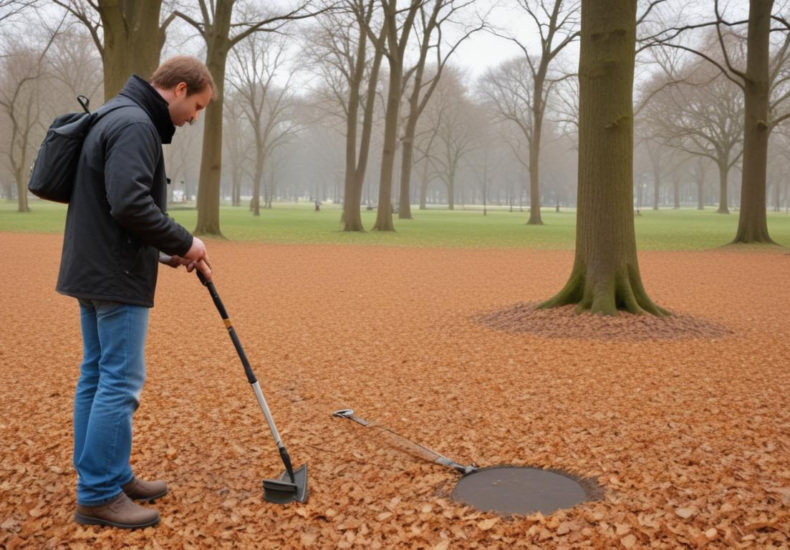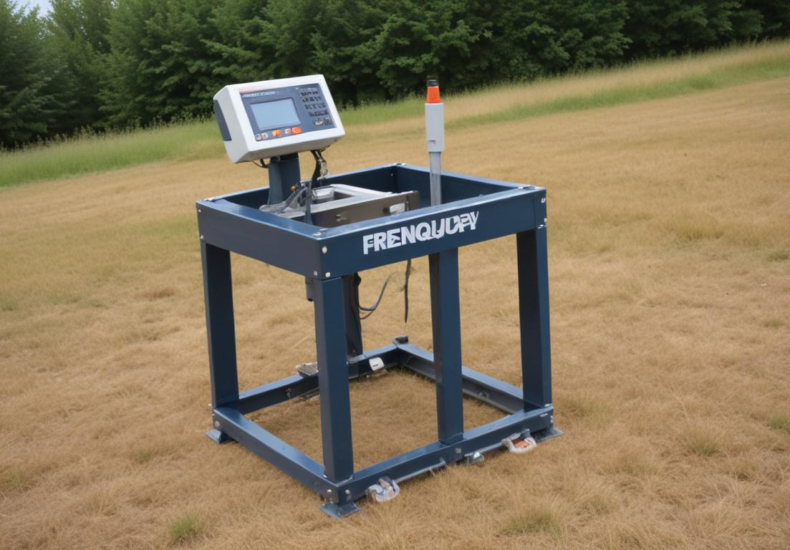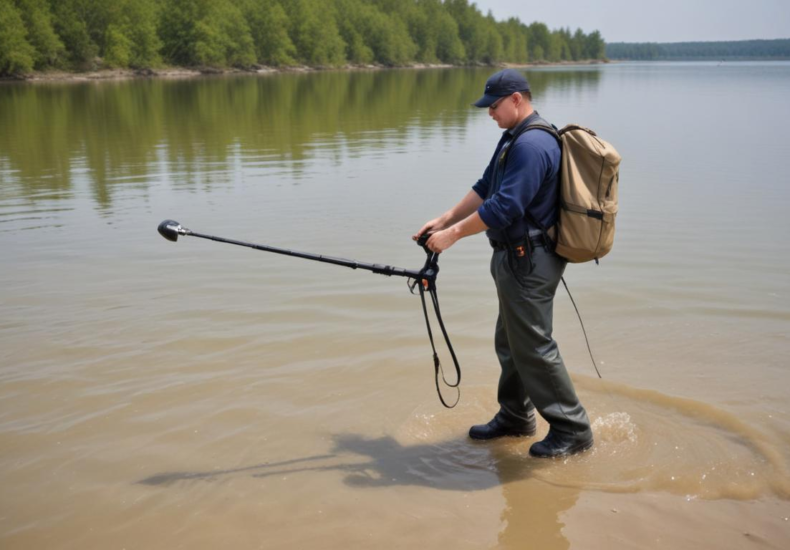Author: nelsonbort@hotmail.com
Best metal detectors for relic hunting
Exploring the depths of history with a metal detector requires more than just passion; it demands the right technology. Understanding the different types of metal detectors—Very Low Frequency (VLF), Pulse Induction (PI), and Multi-Frequency (MF)—and their unique capabilities can significantly enhance your relic hunting success. Delving into each type’s strengths, from discrimination abilities to depth penetration, can help you unearth treasures ranging from Civil War artifacts to ancient coins. Choosing the ideal metal detector involves assessing features like ground balance, detection depth, and sensitivity controls, vital for optimizing your searching efficiency in diverse terrains and conditions. Discover the sophisticated technologies and strategic considerations that arm you for historical adventures beneath the surface.
How to identify your metal detecting finds
Mastering the identification of metal detecting finds involves differentiating various metals and alloys such as iron, copper, silver, gold, and lead, each with unique properties and decay patterns. By applying tools and techniques like magnifying glasses and portable metal analyzers, enthusiasts can delve into historical contexts, accurately date artifacts, and significantly contribute to the exploration of past civilizations. Understanding and employing these methods can transform simple items into profound historical narratives.
Metal detecting in parks: dos and don’ts
Navigating the maze of regulations for metal detecting in parks is essential for every enthusiast. From understanding specific local laws to selecting the right equipment, each choice impacts the delicate balance between a successful treasure hunt and preserving the ecological and historical integrity of the area. Knowing when and where you can use metal detectors, the right digging tools to minimize environmental disruption, and the importance of reporting significant finds not only ensures legal compliance but fosters a respectful hobby practice. Discover the delicate etiquette of metal detecting and its impact on natural and historical conservation.
How to dig responsibly while metal detecting
Navigating the nuanced world of metal detecting requires more than just technical skills; it demands a deep understanding of local and national regulations, ethical digging practices, and environmental stewardship. Different jurisdictions have developed specific laws to protect historical sites while maintaining natural landscapes, making it vital for enthusiasts to stay informed about the permissible boundaries and obligations of their hobby. Moreover, embracing club-established ethical codes and utilizing specialized tools can enhance the sustainability of metal detecting, ensuring minimal environmental impact and fostering a positive community outlook on this engaging pastime.
Top accessories every metal detectorist needs
Metal detecting is more than just a treasure hunt; it’s a delicate operation requiring precision, where the right tools can make all the difference. Discover how crucial accessories like digging tools, pinpointers, and ergonomic gear contribute to protecting historic artifacts while enhancing the thrill of discovery. Dive into the essentials that every metal detectorist should have in their kit to transform elusive beeps into tangible traces of history.
Are metal detectors safe around electronics?
Metal detectors, while essential tools in security and exploration, can inadvertently emit electromagnetic fields strong enough to interfere with or damage nearby electronic devices. Understanding the intricate relationship between metal detector operations and electronic device functionality is crucial to preventing data corruption, functionality impairment, or even health risks associated with devices like pacemakers. This knowledge is vital in settings ranging from archaeology sites to bustling airports, where the balance between effective metal detection and electronic device integrity must be meticulously maintained.
The role of frequency in metal detection
Metal detection technology harnesses electromagnetic fields to locate metal objects in diverse environments, from security to treasure hunting. Understanding how different types of technology—like VLF, PI, and BFO—work and choosing the correct frequency are crucial for optimizing detection capabilities. Each metal detection technique offers unique benefits and challenges, driven by the physics of how metallic objects interact with electromagnetic fields. From uncovering deeply buried treasures to identifying small, fine objects like gold nuggets, the choice of frequency directly impacts detection depth, sensitivity, and the overall success of the endeavor.
Pros and cons of waterproof metal detectors
Waterproof metal detectors transform treasure hunting by allowing searches in diverse environments, from rainy lands to underwater locales, while combining durability with advanced detection technologies. These devices not only expand the potential for finding valuable items but also foster ecological contributions, adding a meaningful dimension to the hobby. However, their higher costs, increased weight, and maintenance requirements present challenges that enthusiasts should consider.
Metal detecting during winter: what’s possible
Winter metal detecting offers a unique and potentially rewarding experience, but it requires specialized preparation to thrive in the frigid conditions. From selecting appropriate gear that enhances detection performance in cold temperatures to understanding the strategic locations that yield treasures beneath the frost, enthusiasts must adapt their strategies and equipment. Safeguarding personal safety against winter’s harsh elements plays a critical role, ensuring that each treasure-hunting expedition is as safe as it is successful. Whether braving a snowy park or a deserted beach, adapting your approach can uncover hidden gems during the colder months.
How to clean and maintain your metal detector
Maintaining your metal detector is as crucial as using it correctly. Daily and monthly cleaning routines extend its longevity and enhance its performance, ensuring it’s always ready for your next treasure hunt. From gentle surface wipes to meticulous checks of structural integrity and battery health, taking care of every component is essential. Regular maintenance also helps identify issues before they lead to failures, keeping you safe and your equipment in top condition.
Archives
Calendar
| M | T | W | T | F | S | S |
|---|---|---|---|---|---|---|
| 1 | 2 | |||||
| 3 | 4 | 5 | 6 | 7 | 8 | 9 |
| 10 | 11 | 12 | 13 | 14 | 15 | 16 |
| 17 | 18 | 19 | 20 | 21 | 22 | 23 |
| 24 | 25 | 26 | 27 | 28 | 29 | 30 |









